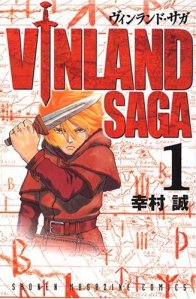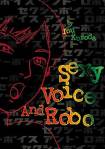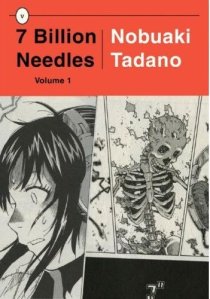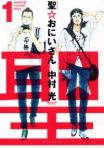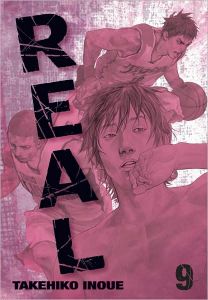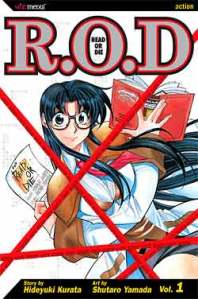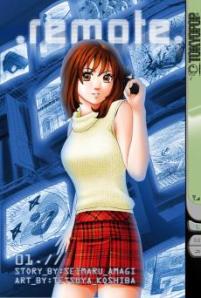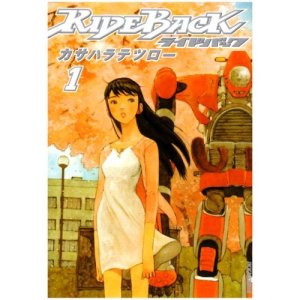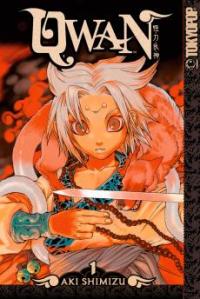“Z” is for…
Zipang, written and illustrated by Kaiji Kawaguchi, serialized in Kodansha’s Weekly Morning for 42 volumes. This series is about a modern Japanese defense vessel that gets thrown back in time to the Battle of Midway of World War II. The revision of history ensues. It won the Kodansha Manga Award in 2002. Kawaguchi’s A Spirit in the Sun tied for the Shogakukan Manga Award in 2006, so Kawaguchi is clearly a big deal in terms of yet-to-be licensed mangaka. Zipang is being released in French by Kana, and I want to say it’s made the finalist list either at Angoulême or in the Prix d’Asie, though I can’t find a reference to confirm that.
Zetman, written and illustrated by Masakazu (Video Girl Ai) Katsura, originally serialized in Shueisha’s Weekly Shônen Jump, then moved to Young Jump. It’s about rival heroes who fight monsters, and it ran for a total of 14 volumes. Tony (Manga Therapy) Yao said on Twitter that it has a Dark Knight kind of feel, which is certainly an improvement on the Ultimo vibe I get off of the cover.
Zenyasi, written and illustrated by Tobira Oda, serialized in Kodansha’s Morning Two. It’s about a sculpting competition at a grade school that ends in tragedy, and it ran for a single volume.
Zero, written and illustrated by Kei (Lament of the Lamb) Toume, serialized in Gentosha’s Comic Birz. It’s about a middle-school girl who wants revenge against everyone, and it ran for a single volume.
Zashiki Onna, written and illustrated by Minetaro (Dragon Head) Mochizuki, serialized in Kodansha’s Young Magazine. It’s about a college student who gets stalked by a creepy woman with horror-appropriate long hair. It ran for a single volume.
Zansho, written and illustrated by Mohiro (Bokurano: Ours) Kitoh, serialized in Shogakukan’s IKKI. This is a single-volume collection of short stories from a 20-year span in Kitoh’s career.
Zôkan Young GanGan is a seinen magazine published by Square Enix.
What starts with “Z” in your seinen alphabet?
Update:
Taiyo (Gogo Monster) Matsumoto is one of those creators who fall into the “I’ll read anything by this person” category, even if the comic is about a subject that doesn’t interest me even a little bit. So thanks to Matthew (365 zines a year) Murray for mentioning Zero, a two-volume tale about a boxer that originally ran in Shogakukan’s Big Comic Spirits. The title refers not to the protagonist’s aptitude but to his loss record; he’s at the top of his game, but he’s getting older.





























